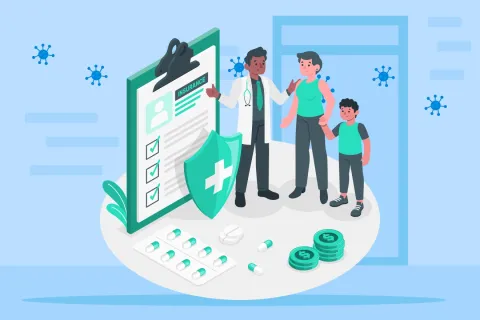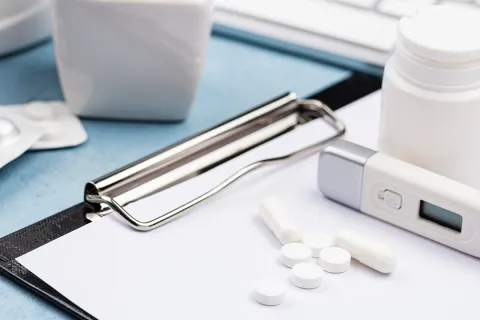
The journey of a drug product doesn’t end with its post-market authorization. The drug’s performance is now openly evaluated by the general population. To safeguard the population against any undesirable outcomes, post the consumption of a drug, a pharmacovigilance alert system is in place. A risk management committee of experts monitors drug safety and evaluates every alert signal issued by the people to address the concern.
The science and activities related to the initial detection, understanding, and prevention of Adverse Drug Reactions (ADRs) or any other drug-related problems are known as pharmacovigilance. It is an initiative taken by the Health Authorities (HAs) to prioritize patient safety by studying the drug behavior while it is being consumed by the patient population and the ADR profiles.
The trigger for the pharmacovigilance system in place is identifying an alert signal. An alert signal regarding a drug product can be raised by a physician or a health practitioner to the Marketing Authorization Holder (MAH) or the National Competent Authority (NCA). Spontaneous reports can also be received by the patients directly. However, in cases of spontaneous reporting, the credibility of the data received can be compromised due to a lack of medical proficiency in the reporting document. Once the alert signal is compiled and consolidated as an Individual Case Safety Report (ICSR), it contributes to the EudraVigilance database maintained by the European Medicines Agency (EMA) to predict probable drug interactions, adverse effects, etc., based on the past repository of information.
Stringent compliance protocols ensure that drug safety is paramount. However, with the changing nature of drug delivery, advanced therapy medicinal products are gaining momentum. The drug development cycle and post-authorization monitoring of novel medicines can cater to the decade-old challenges identified in the treatment of rare diseases. The Committee for Human Medicinal product (CHMP) is the preceding committee in association with the Pharmacovigilance Risk Assessment Committee (PRAC) and the other NCAs, which work towards forming a formal opinion about a drug product. The Committee relies heavily on research findings, case studies, reports, etc., while evaluating the suitability of the drug. The post-authorization stage can seem overwhelming with GxP compliance mandates. Our experts at Freyr are familiar with the ICSR, signal detection, and literature monitoring, and understand your aggregate reports' needs, including the Periodic Benefit-Risk Evaluation Report (PBRER), Periodic Safety Update Reports (PSUR), Periodic Adverse Drug Experience Report (PADER), and the Clinical Study Report (CASR). To know more about the challenges associated with the EU market entry and the pharmacovigilance activities therein, tune in to Regulatory Radio today!









